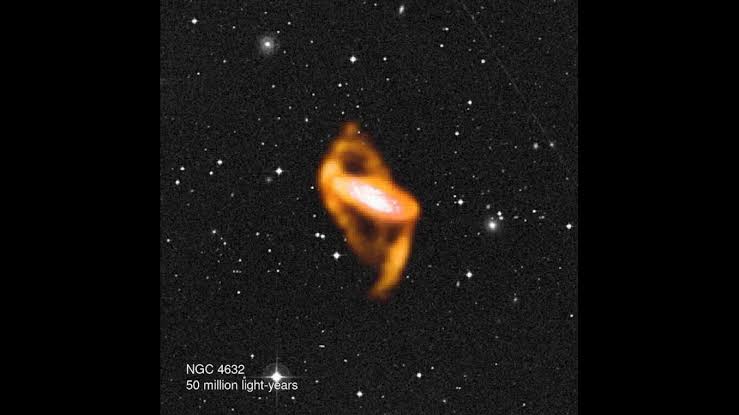Our understanding of nearby galaxies and galactic clusters will improve as a result of the first 3D Intergalactic map of hundreds of galaxies in the local universe, which will demonstrate how they form and change over time.
The map, which covers three-quarters of the sky, will give researchers a much better understanding of the processes involved in galaxy formation and evolution as well as the role black holes play in this galactic development. It will also enable them to measure the distribution of gas and dark matter in the local universe.
The WALLABY
The Widefield ASKAP L-band Legacy
All-sky Blind Survey (WALLABY), which used information from the Australian Square Kilometer Array Pathfinder (ASKAP) radio telescope in the Australian Outback, made it feasible to create the map. WALLABY has surveyed over 600 galaxies during its first phase and covered 180 square degrees of the night sky, the size of 700 full moons.
Considering the estimated quarter of a million galaxies that WALLABY will catalog during its mission, this is merely a drop in the cosmic ocean. These observations will create an intricate map of the intergalactic region, triggering an investigation that could not be carried out on the same scale using only optical telescopes.
Tobias Westmeier, a radio astronomer at the University of Western Australia node of the International Centre for Radio Astronomy Research (ICRAR), said in a statement that, “it is extremely difficult to see anything else if our own Milky Way is in the way of the galaxy we’re trying to observe because of the sheer number of stars and dust.”
“These restrictions do not apply to WALLABY. One of the greatest advantages of radio surveys is their ability to look straight through the stars and dust of our own Milky Way.”
In Western Australia’s remote MidWest region, the ASKAP radio telescope conducting WALLABY runs eight hours a day in an area that is very radio-quiet. This allows WALLABY to locate astronomical signals that are narrow and faint without being overwhelmed by radio interference.
Over 30 terabytes of data from each eight-hour operational day make up the first data release from WALLABY, the first comprehensive 3D galactic survey carried out at this scale.
The First Data Release From WALLABY
The first data release from WALLABY, the first thorough 3D galactic survey carried out at this scale, contains more than 30 terabytes of data from each eight-hour operational day.
The fuel for star formation, hydrogen gas, will be directly mapped and detected thanks to WALLABY, according to study co-author Karen Lee-Waddell, director of the Australian SKA Regional Centre and a WALLABY project scientist.
With the help of this data, astronomers can precisely classify galaxies in order to comprehend how they interact when grouped together and gain insight into how galaxies evolve over time.
The WALLABY catalog’s immense size is anticipated to result in a multitude of fresh observations and discoveries, with its initial release already revealing many galaxies that had never been observed in radio waves previously.
Conclusion
Lister Staveley-Smith, the principal investigator for WALLABY and a co-author of the study, said in a statement that many of the over 600 galaxies that have been measured so far have never been cataloged at any other waveband and are therefore considered new discoveries. “So far, more than a dozen papers have been published describing fresh findings from these pioneering observations.”
Two articles that were both released on November 15 in the journal Publications of the Astronomical Society of Australia include the recently published WALLABY research.
